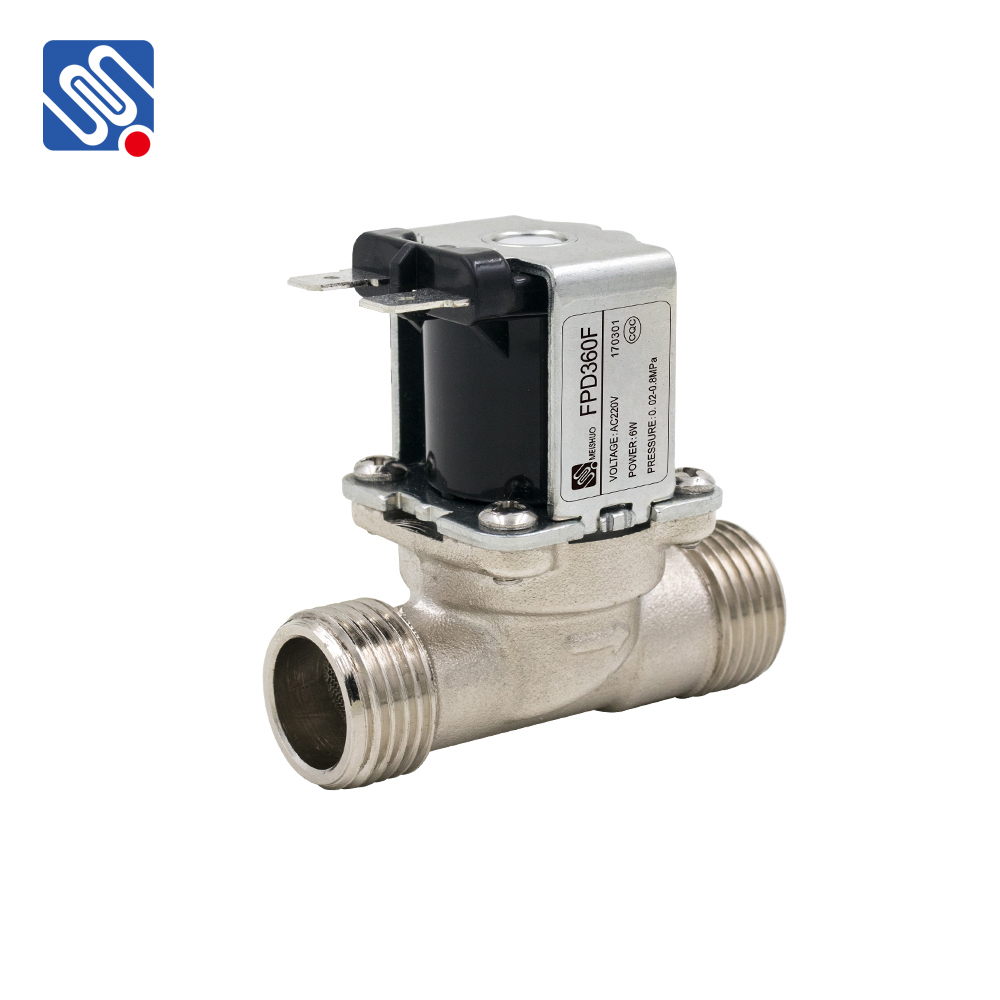The Direct Acting Solenoid Valve is a fundamental component in fluid control systems, widely recognized for its simplicity, reliability, and versatility. Unlike pilot-operated valves that rely on differential pressure to function, direct acting solenoid valves operate independently of the system pressure, making them suitable for a wide range of industrial and commercial applications. Their straightforward design and rapid response make them an ideal choice for precise fluid control in low-pressure environments.

A direct acting solenoid valve typically consists of a solenoid coil, a plunger or armature, a spring, and a valve body. The solenoid coil generates a magnetic field when energized by an electrical current. This magnetic field pulls the plunger against the force of a spring, opening or closing the valve and allowing or stopping the flow of the medium. When the coil is de-energized, the spring returns the plunger to its original position, closing or opening the valve. This mechanism provides quick response times, which is essential in applications that demand fast and accurate fluid control.